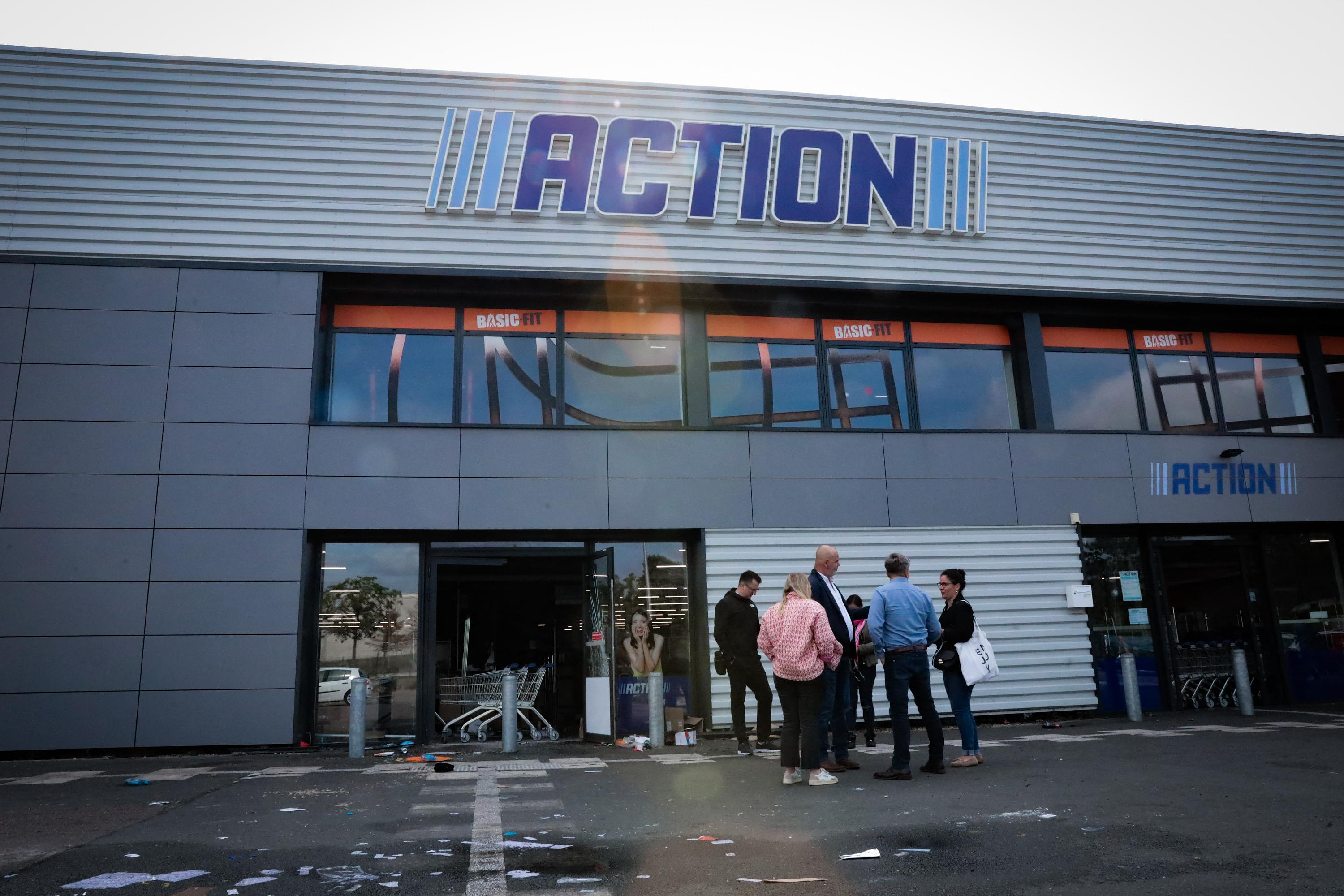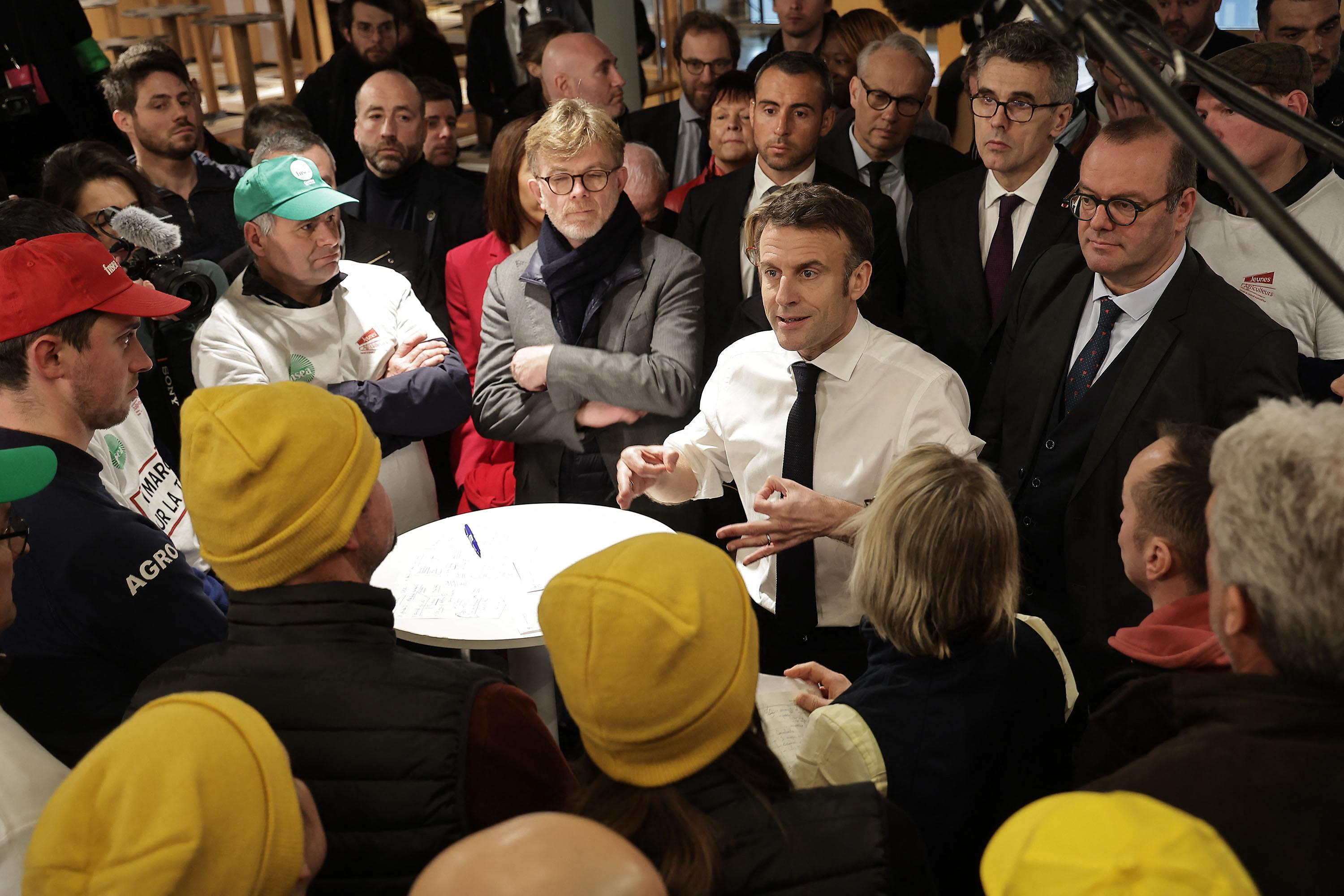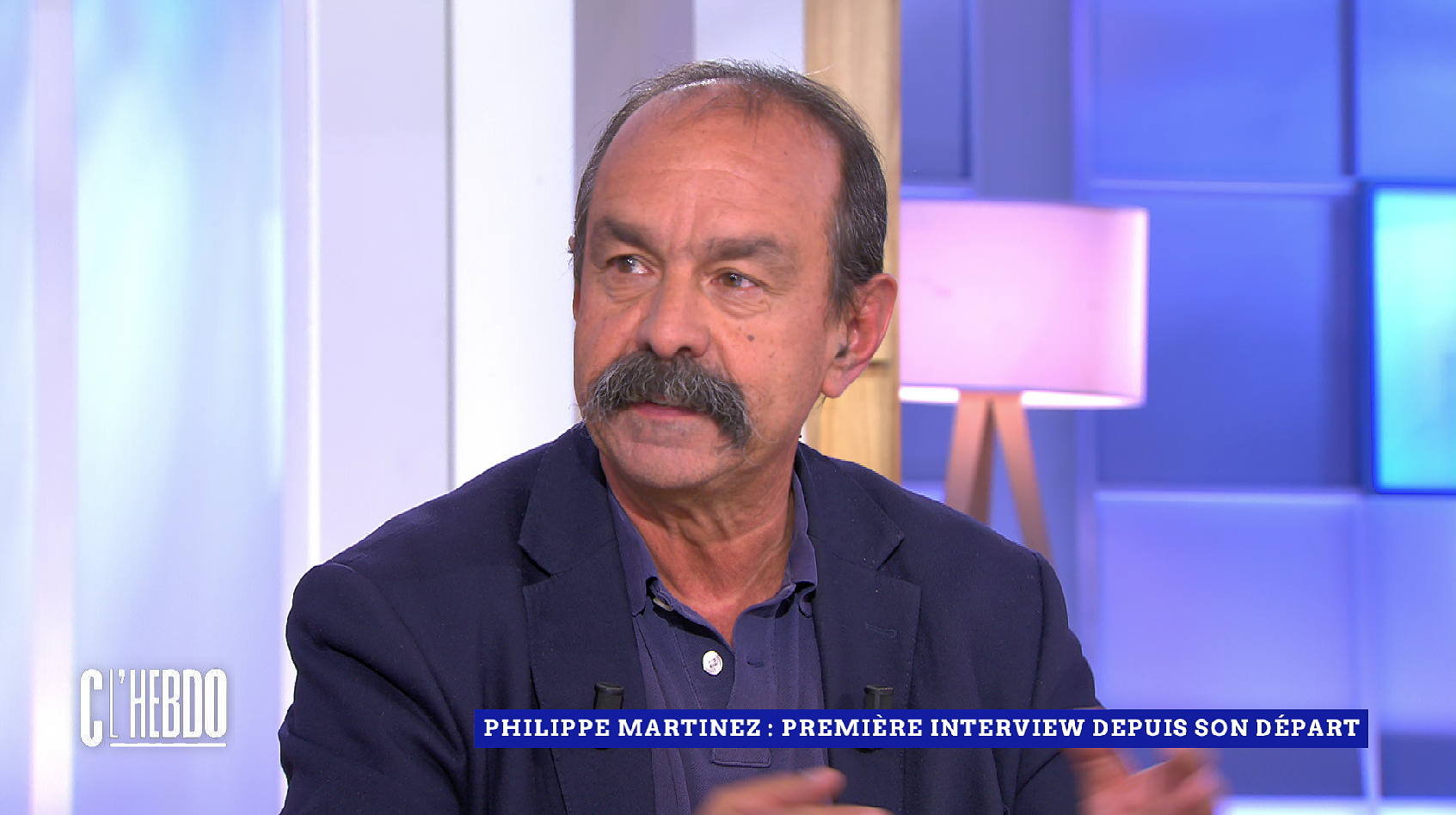ICONIST: You live in Berlin, come from a village near Hanau - a difference like day and night?
Eike König: The village has always restricted me a lot. I was drawn to the city. In Frankfurt am Main I started out as an art director for a techno label, designing record covers. Owner was the band Snap! - "I've Got the Power".
ICONIST: So you experienced the beginnings of techno first hand?
König: This movement, this perhaps naive-sounding “love and peace” movement, was political. The techno scene was still undefined back then - for me as a designer it was like a playground of challenge and freedom.
ICONIST: And today you are an artist.
König: I have been focusing on artistic practice for a number of years. I have followed different career paths that are related to each other. Since 2011 I have been a professor at the Offenbach University of Applied Sciences.
ICONIST: So you are in regular contact with young students.
König: I was disappointed with my own student days. Professors were like keepers of knowledge. You have defined what is right and wrong. I had hoped that the university would be a place of revolution, where the future would be rethought. But there was a system with structures, and if you behaved "right" in it, you got through. I found that boring, I wanted the friction, the confrontation, I wanted to question what they thought was so good.
ICONIST: So are you doing it differently now as a professor?
King: I feel like stepping into a fountain of youth every time. The students have current questions that I don't know from my socialization. I want to create a space where they can flourish and develop an attitude. For her, design should not only be a tool to fuel capitalism, but also to change things for the better.
ICONIST: So, looking back, wasn't everything automatically better in the past?
König: I would have preferred to study today than back then. For a long time I was very insecure about my own abilities because it was so often discussed at university: I wasn't good enough that I should be doing something else. In the years that followed, I needed a lot of confirmation from others to absorb what the university had destroyed. But that's why I'm also aware of my responsibility as a professor, that I can very easily destroy a lot.
ICONIST: Does this friction, which you were looking for during your studies, take place in your work as an artist today?
König: My way into artistic practice was the desire for independence. There are always expectations associated with money. But expectations are also reflected in the time and energy you put into it, and the older you get, the more you realize that time is limited. At some point I asked myself the question: Do I want to spend my lifetime getting paid to brand Nike shoes, for example?
ICONIST: What are you doing instead?
König: I don't make any more contracts, I don't become dependent. I do projects with galleries, I decide what I want to produce or say. I don't let anyone talk me into it and I support projects that are important to me. So I can use my public to draw attention to certain conditions.
ICONIST: Last year you designed a suitcase - a cooperation with the men's skincare brand Harry's and the luggage manufacturer Horizn-Studios. Has art always been part of everyday objects, or did it only develop as a result of the push for aesthetics of the social media generation?
König: Social media has democratized it, in elite circles this aestheticization of everyday life has existed for a long time. It's almost pornographic the way aesthetics are worshiped. For me, the suitcase is more of a kind of prop that stands for many life stories. Actually, it is just a vessel, a means of transport for personal belongings. On the one hand we associate it with positive things, travelling, being mobile - and at the same time there is something tragic about the suitcase when you have to pack up what you still have to flee.
ICONIST: What determines the price of art?
König: Like real estate or gold, art is also a speculative currency. The price is not tied to the material or the time you spend on it. My problem with the artistic work was that I was never paid for my ideas, but for producing something tangible, a book, a poster, designing objects. An idea is initially purely mental – not a medium that you can use. So you calculate the hourly rate for the time that is needed, but not the concept development in advance, which is necessary to create a final product. That's what I want to be paid for.
This text is part of our Small Talk series, in which we publish short conversations with interesting people.

 B:SM will break its investment record this year with 62 million euros
B:SM will break its investment record this year with 62 million euros War in Ukraine: when kyiv attacks Russia with inflatable balloons loaded with explosives
War in Ukraine: when kyiv attacks Russia with inflatable balloons loaded with explosives United States: divided on the question of presidential immunity, the Supreme Court offers respite to Trump
United States: divided on the question of presidential immunity, the Supreme Court offers respite to Trump Maurizio Molinari: “the Scurati affair, a European injury”
Maurizio Molinari: “the Scurati affair, a European injury” Irritable bowel syndrome: the effectiveness of low-carbohydrate diets is confirmed
Irritable bowel syndrome: the effectiveness of low-carbohydrate diets is confirmed Beware of the three main sources of poisoning in children
Beware of the three main sources of poisoning in children First three cases of “native” cholera confirmed in Mayotte
First three cases of “native” cholera confirmed in Mayotte Meningitis: compulsory vaccination for babies will be extended in 2025
Meningitis: compulsory vaccination for babies will be extended in 2025 When traveling abroad, money is a source of stress for seven out of ten French people
When traveling abroad, money is a source of stress for seven out of ten French people Elon Musk arrives in China to negotiate data transfer and deployment of Tesla autopilot
Elon Musk arrives in China to negotiate data transfer and deployment of Tesla autopilot Patrick Pouyanné, CEO of TotalEnergies, is very reserved about the rapid growth of green hydrogen
Patrick Pouyanné, CEO of TotalEnergies, is very reserved about the rapid growth of green hydrogen In the United States, a Boeing 767 loses its emergency slide shortly after takeoff
In the United States, a Boeing 767 loses its emergency slide shortly after takeoff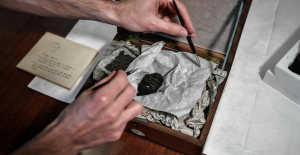 A charred papyrus from Herculaneum reveals its secrets about Plato
A charred papyrus from Herculaneum reveals its secrets about Plato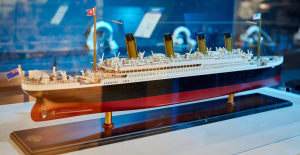 The watch of the richest passenger on the Titanic sold for 1.175 million pounds at auction
The watch of the richest passenger on the Titanic sold for 1.175 million pounds at auction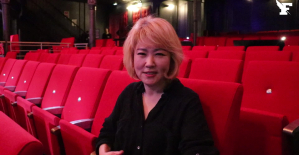 Youn Sun Nah: jazz with nuance and delicacy
Youn Sun Nah: jazz with nuance and delicacy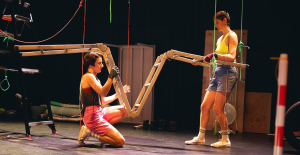 Paris Globe, a new international theater festival
Paris Globe, a new international theater festival Skoda Kodiaq 2024: a 'beast' plug-in hybrid SUV
Skoda Kodiaq 2024: a 'beast' plug-in hybrid SUV Tesla launches a new Model Y with 600 km of autonomy at a "more accessible price"
Tesla launches a new Model Y with 600 km of autonomy at a "more accessible price" The 10 best-selling cars in March 2024 in Spain: sales fall due to Easter
The 10 best-selling cars in March 2024 in Spain: sales fall due to Easter A private jet company buys more than 100 flying cars
A private jet company buys more than 100 flying cars This is how housing prices have changed in Spain in the last decade
This is how housing prices have changed in Spain in the last decade The home mortgage firm drops 10% in January and interest soars to 3.46%
The home mortgage firm drops 10% in January and interest soars to 3.46% The jewel of the Rocío de Nagüeles urbanization: a dream villa in Marbella
The jewel of the Rocío de Nagüeles urbanization: a dream villa in Marbella Rental prices grow by 7.3% in February: where does it go up and where does it go down?
Rental prices grow by 7.3% in February: where does it go up and where does it go down? Even on a mission for NATO, the Charles-de-Gaulle remains under French control, Lecornu responds to Mélenchon
Even on a mission for NATO, the Charles-de-Gaulle remains under French control, Lecornu responds to Mélenchon “Deadly Europe”, “economic decline”, immigration… What to remember from Emmanuel Macron’s speech at the Sorbonne
“Deadly Europe”, “economic decline”, immigration… What to remember from Emmanuel Macron’s speech at the Sorbonne Sale of Biogaran: The Republicans write to Emmanuel Macron
Sale of Biogaran: The Republicans write to Emmanuel Macron Europeans: “All those who claim that we don’t need Europe are liars”, criticizes Bayrou
Europeans: “All those who claim that we don’t need Europe are liars”, criticizes Bayrou These French cities that will boycott the World Cup in Qatar
These French cities that will boycott the World Cup in Qatar MLS: new double for Messi who offers victory to Miami
MLS: new double for Messi who offers victory to Miami PSG-Le Havre: Ramos on his way, Kolo Muani at the bottom of the hole… Favorites and scratches
PSG-Le Havre: Ramos on his way, Kolo Muani at the bottom of the hole… Favorites and scratches Football: Vasco da Gama separates from its Argentinian coach Ramon Diaz
Football: Vasco da Gama separates from its Argentinian coach Ramon Diaz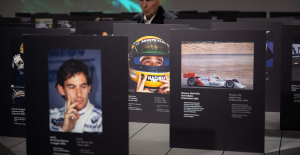 F1: for the French, Ayrton Senna is the 2nd best driver in history ahead of Prost
F1: for the French, Ayrton Senna is the 2nd best driver in history ahead of Prost





